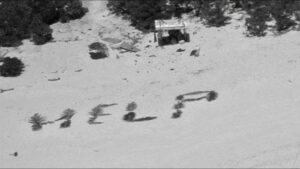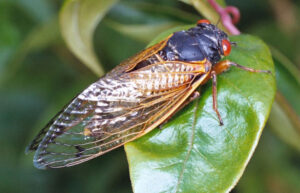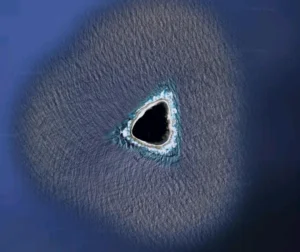Four women and one man have died on Russia’s Mount Elbrus when a major blizzard caught a large commercial group on its way down from the summit.
According to preliminary reports, four of the deceased climbers froze to death. Another climber fell sick during the ascent and turned around. She eventually “died in the guide’s arms,” the AFP agency reported. Others were rescued in highly difficult conditions.
A later and more expansive account from Mountain.ru said that at 10 am, the 16 clients and four guides had reached Elbrus’s summit plateau. The lead guides were Ilya Chuikov and Anton Nikiforov, assisted by Taulan Kipkeev and Igor Dankov. On the plateau, a woman fell sick and started down with Dankov. The rest of the group continued toward the summit.
Sudden blizzard
Fifteen minutes later, “the pressure dropped sharply, the wind began to blow up from below and an unprecedented storm broke out. Visibility from dense snow was no more than half a metre,” reported Mountain.ru.

Mount Elbrus’ upper slopes, showing the Sedlovina hut, the upper reach of the Snowcat and Pastuhov rocks. Map: Mapcarta
The woman died before reaching the Sedlovina hut. Dankov called for help, then descended on his own. Meanwhile, authorities launched a rescue operation.
On the upper part of the mountain, the guides divided the group into “fast” and “slow” ones and tried to save everyone’s lives. But one of the participants broke a leg while descending, slowing down the rest. Two died on the trail and two others collapsed. They were carried to the Garabashi station at 3,900m, where they died without regaining consciousness.
The victims were Anna Makarova, Vyacheslav Borisov, Elena Nesterova, Anastasia Zhigulina, and Irina Galchuka, all in their 30s.
Rescuers evacuated 11 with frostbite and other injuries to a nearby hospital. Three escaped unharmed and are resting at a hotel in the area.

Climbers on Elbrus. Photo: Beyond Red Square
Elbrus’s gentle slopes draw the ill-prepared
Mount Elbrus (5,642m), an inactive volcano located in the northern Caucasus near the Georgian border, is the highest peak in Europe and thus one of the Seven Summits. Its normal southern route includes no technical sections.
It also features easy access: A ski resort on lower Elbrus includes lifts up to Base Camp at the Barrel Huts. Snowcats typically convey climbers up to the Pashtuchov Rocks at 4,700m on summit day. This makes Elbrus a popular and often crowded peak.
Its mild slopes and dome-like summit even allow climbing all the way on skis or snowshoes. Peak season runs through spring and summer, but it can also be climbed in fall — depending on weather, as the recent events have sadly shown.
Emergency evacuations and tragedy are not uncommon at Elbrus. Its apparent ease encourages some inexperienced people to treat it as just a really big hill. Many are not properly acclimatized, have inadequate equipment, or are in poor shape.






